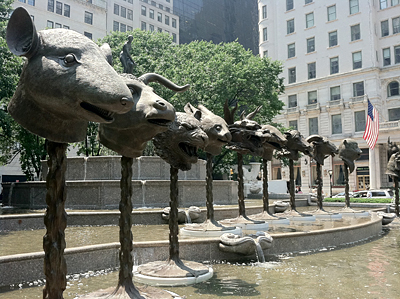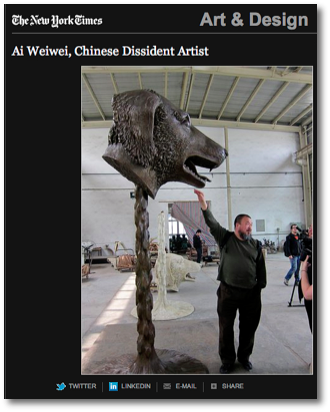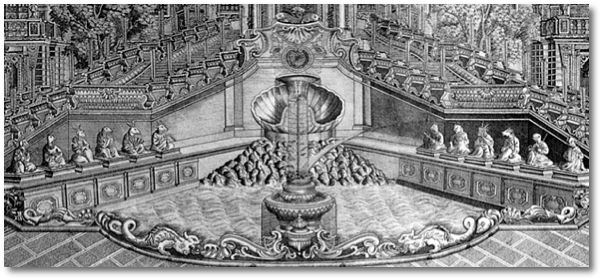|
|
||
|
|
||
|
|
|
|
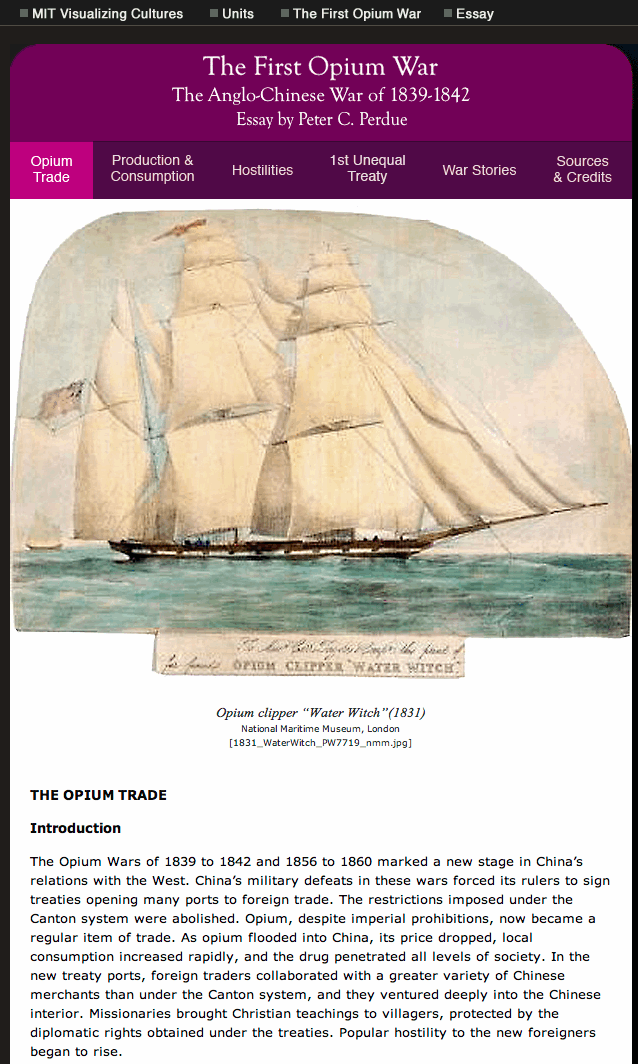




Worldwide debate surrounds the Haiyantang fountain zodiac animal heads (pictured
in above detail) as items looted from Yuanmingyuan. According to one website as
of March 1, 2009 they are accounted for as follows:
Rat: was in Yves Saint Laurent's collection. Sold for $18 million at hammer price ($20 million with fees) to an anonymous bidder in Paris in February 2009. Chinese bidder, Cai Mingchao, won't pay for YSL auction statutes.
Ox: bought by the China Poly Group in 2000 for $954,000, now at the Poly Art Museum in Beijing.
Tiger: bought by the China Poly Group in 2000 for $1.99 million, now at the Poly Art Museum in Beijing.
Rabbit: was in Yves Saint Laurent's collection. Sold for $18 million at hammer price ($20 million with fees) to a telephone bidder in Paris in February 2009. Chinese bidder, Cai Mingchao, won't pay for YSL auction statues.
Dragon: unknown.
Snake: unknown.
Horse: was in a private collection in Taiwan. Purchased by Macau gaming magnate Stanley Ho in 2007 for $8.84 million and donated to China. Currently at the Capital Museum in Beijing.
Sheep: unknown.
Monkey: bought by the China Poly Group in 2000 for $1.05 million, now at the Poly Art Museum in Beijing.
Rooster: unknown.
Dog: in 2003, a Hong Kong auction house claimed to be selling the dog from the Summer Palace water clock, but consultants from the Poly Art Museum said the craftsmanship didn't match the other four the Poly Group has recovered.
Pig: purchased by Stanley Ho in 2003 (from a NY collector) and donated to China. Currently at the Poly Art Museum in Beijing.
[ymy2010]
The Fate of the Zodiac Animal Heads
Replicas and Recreations of the Zodiac Animal Fountain
The looted zodiac heads have inspired not just patriotism, but also considerable
entrepreneurship in China. Replicas of the zodiac statues—sometimes just the heads, sometimes in their original full figures—are displayed in public places including the Yuanmingyuan Park that now exists
on the site of the old imperial complex. In 2010, a large-scale recreation of
all 12 heads created by the prominent and controversial Chinese sculptor Ai
Weiwei went global and has been on tour internationally, including an
installation in New York’s Central Park, since then. On-line coverage of these now world-famous 12
animals is extensive, and patriotic Chinese consumers can chose from a variety
of replicas including a set of heavy gold seals.
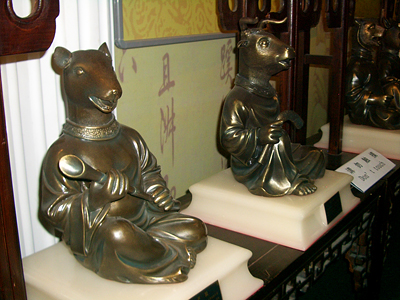
|
The zodiac animal sculptures have been reproduced with the full bodies and
placed
on display at the Yuanmingyuan park. Wikipedia Commons |
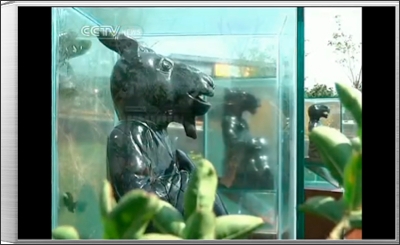
|
Another recreation of the zodiac animal sculptures—in precious jade—is on display in Xi’an, northern China, near the site of the Terra Cotta Warriors of the First
Emperor.
|
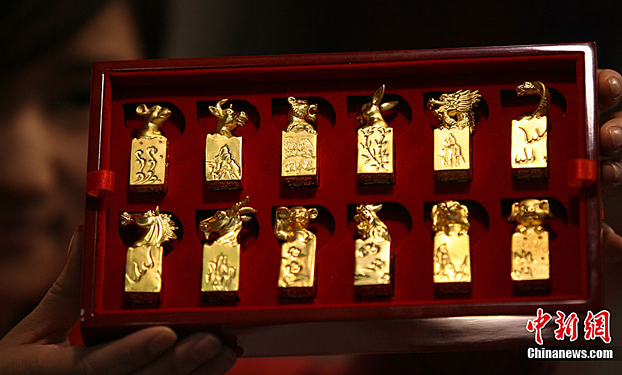
The popularity of the zodiac animal heads continues with set of gold seal
reproductions displayed in Beijing in March 2011.
Photo by Su Dan, China News Agency
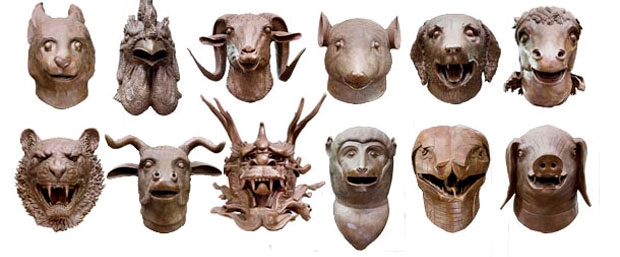
Sculptor Ai Weiwei’s huge replication of the Yuanmingyuan zodiac heads toured Europe and the United
States in 2011, including an installation in New York’s Central Park (above). The full run of his "Circle of Animals/Zodiac Heads"
appears below.
